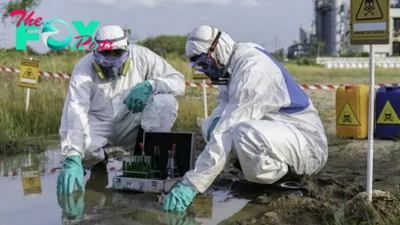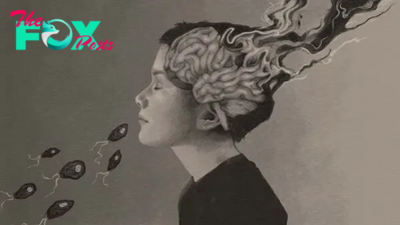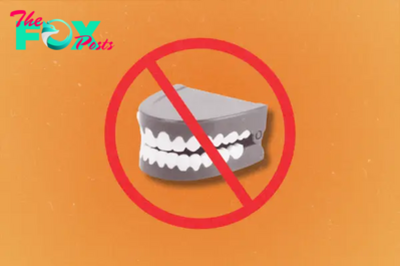Health
Why do we see colors that aren't there?
Has an optical illusion ever prompted you to see colors that weren't actually there? Or have you wondered why the infamous photo of "the dress" was perceived as white and gold by some but blue and black by others?
In essence, how can colors appear different from what they actually are?
In some cases, the answer has to do with lighting; in others, it depends on our memories or what our photoreceptors are doing, experts told Live Science.
In 2015, a photo of a dress sparked a heated debate with a simple question: What color is it? "The dress was so unusual; we really don't have very many controversies about colors," Bevil Conway, a neuroscientist and visual scientist at the National Institutes of Health in Maryland, told Live Science. "We don't disagree about white and gold or blue and black. The disagreement is about whether or not those colors applied to this image."
Conway and his team analyzed the dilemma by asking 1,400 participants what they thought the color of the dress was if the illumination was changed. They found that people's expectations of what kind of lighting the dress was in affected what color they thought the dress was. People who assumed that the dress was shot under a warm or incandescent light thought that the dress was blue and black (its actual color), whereas people who assumed cool or daylight saw white and gold.
The finding showed that people's expectation of the object's surroundings iNFLuenced their color perception.
Related: Why can't we see colors well in the dark?
-

 Health1d ago
Health1d agoWill Olympic athletes ever stop breaking records?
-

 Health1d ago
Health1d ago'Brain-eating' infections could become more common, scientists warn
-

 Health1d ago
Health1d ago7 scary diseases you can get from the water
-

 Health1d ago
Health1d agoCan you get a brain-eating amoeba from tap water?
-

 Health1d ago
Health1d agoThis is what it's like to treat a 'brain-eating' amoeba infection
-

 Health1d ago
Health1d ago'Brain-eating' amoebas kill nearly 100% of victims. Could new treatments change that?
-

 Health1d ago
Health1d agoCan Food Really Change Your Hormones?
-

 Health1d ago
Health1d agoHow to Tell if You’re Clenching Your Jaw—and How to Stop

















